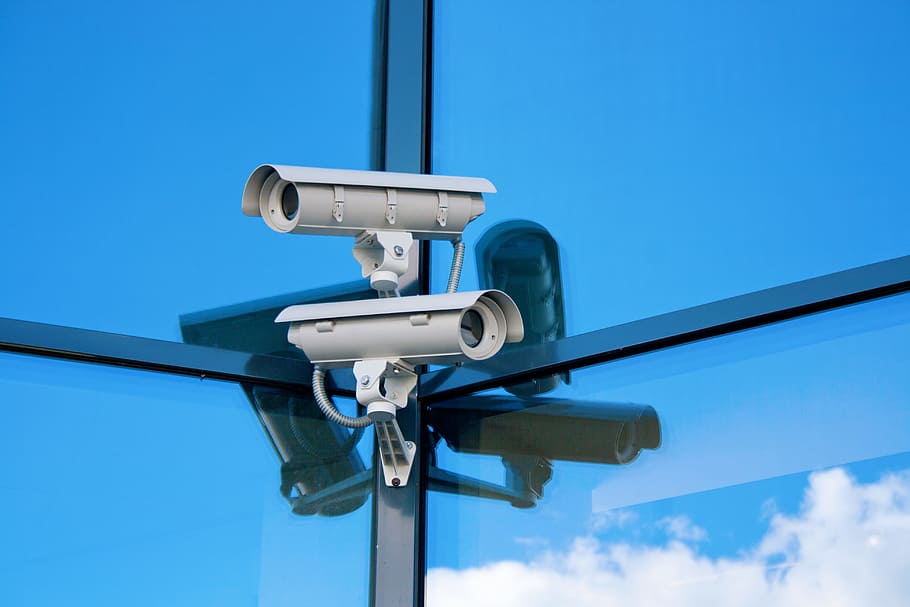This post is also available in:
 עברית (Hebrew)
עברית (Hebrew)
By Or Shalom, security and cyber expert and adviser
The Homeland Security market is characterized by stable demand. Global terrorism in general (since the September 11 attack) and ISIS terrorist attacks during the past several years have increased the need for sophisticated security and cyber systems for homeland security. Such systems are capable of coping with the adversary’s motivation, technological complexity, working methods and tools (e.g. the capability of monitoring encrypted messages and communications on the net, creating a profile bank and an accessible suspect database). According to evaluations, this market is expected to reach, in Europe only, $146 billion until the end of 2020.
The COVID-19 virus is a new factor in the arena, that would bring about changes also in the HLS and cyber market. Even after a vaccine for the coronavirus is found, the deep consciousness of hygienic measures will still prevail, along with social distancing, etc. For this reason, this arena requires new thinking, changes and adaptation.
The consequences of the COVID-19 crisis will be reflected in architecture demands, based on the value of Safe Distance guarding. These will require an evaluation and changes in systems’ deployment and covering features, which will impose changes in resolution definitions and processing capabilities for screening areas with wider dispersion and with distances between people waiting on the line and public at large.
In addition, video analytics and cameras will have to be adapted and receive updated settings in order to ensure employees and the public’s well being. These will include settings regarding health condition and body temperature monitoring, the enforcement of safe distance in a crowd by using an object counting algorithm in a defined area, crowd detection alerting, etc.
Interested in learning more about homeland security technologies? Attend i-HLS’ InnoTech Expo in Tel Aviv – Israel’s largest innovation, HLS, and cyber technologies expo – on November 18-19, 2020. Meet InnoTech’s steering committee
In addition to the evaluation of the capabilities in integrating analytics in legacy systems or the need to acquire new systems, there will also be required some responsive preparedness, enforcement capabilities (e.g. using a public address system), etc. According to this approach, using the current organizational resources, the adaptation of the angle and location of the security camera at the entrance to the passengers’ hall in an airport, or a shopping mall could also serve for remote health condition monitoring (and not just for security). This process will, of course, require the definition of work procedures, roles and enforcement capabilities also in the health aspect, etc.
The biometric systems market will also require suitable adjustments. Systems based on contact or close identification (from less than a 2 m range) will be replaced by systems that provide remote biometric identification or physiological measurements. Facial recognition systems that do not require direct contact are one of the alternatives. Meanwhile, the US Information Technology and Innovation Foundation (ITIF) has submitted its recommendations to Congress, demanding that all the US security agencies shift to the application and use of contactless biometric systems.
So, the advanced capabilities of a security camera capable of integrating algorithms for remote identification biometrics, combined with the remote monitoring of temperature and health condition of passers-by, will turn it into an ultimate, functional system. Of course, such capability requires a strong data processing performance and coping with manipulation and distraction (at the biometric field).
The changing situation requires preparedness also in the arena of terrorist organizations’ activities on the open and deep networks. So far, they concentrated mainly on looking for opportunities to perpetrate attacks at crowded places. However, the current routine will turn their goals less attainable, and they will be forced to re-evaluate their organization, thinking and target mapping (for example, newsletters calling for attacks on medical organizations with a large presence of western population). As a principle, these terrorist organizations take advantage of the current situation where everyone is at home, for discussions on the network regarding ideas and opportunities targeting the west in general, and the US in particular. Law enforcement agencies will have to direct their working methods in order to unveil their intentions in advance, while they are still at the network level.
Also relevant are the consequences at the work market. Production lines’ transformation and adaptation capabilities have proven their importance during the coronavirus crisis. Motor industries were among those which shifted the production to robots and respiratory devices. Such changes require flexible thinking at the defense industries and HLS production lines.
They will have to evaluate manufacturing capabilities under harsh conditions (crisis/war etc.), alongside the capability to change direction and adapt to different target audiences. Many production lines were transformed for the manufacturing of other systems. Among others, there were reports about changes in the functionality of human radar systems production lines, transforming them into systems for health monitoring of people.
Sources include ITIF.org, DHS.
Or Shalom – Security and cyber expert and adviser to government entities and defense industries. He holds a master’s degree, as well as civil and national qualifications in the realm of information security and cyber. He has experience in developing cyber risk mitigation plans for companies and organizations, as well as experience with business development in the cyber fields. Mr. Shalom has led various professional cyber programs to various entities in academia and the civilian and security industries.
Attend i-HLS’ InnoTech Expo in Tel Aviv – Israel’s largest innovation, HLS, and cyber technologies expo – on November 18-19, 2020 at Expo Tel Aviv, Pavilion 2.


























